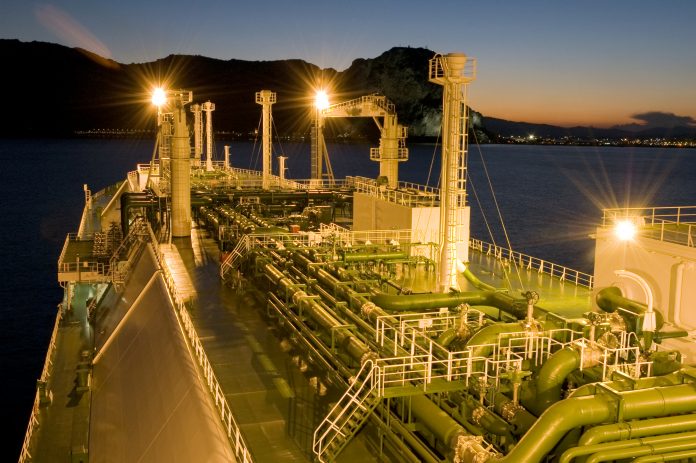Here, Nicola Bannister, Marketing Director of Flogas, explains the hype around LNG, detailing exactly what it is and how it can be used
The dangers of global warming are beginning to become apparent in our daily lives. Meanwhile, governments throughout the world are investing significantly in alternative fuel sources, which have a considerably smaller carbon footprint.
Of course, there exists a host of renewable energy methods, including solar and wind, however, in 2019, we are still a significantly long way from being able to boast that these sources can provide a similar level of energy than fossil fuel alternatives.
In June 2019, the UK Government signed on to arguably some of the most aggressive clean energy goals the world has ever witnessed. Sceptics throughout the nation have questioned the likelihood of ‘net zero emissions by 2050’ actually being achievable. The-then outgoing Prime Minister, Theresa May, backed the case that the UK, within 30 years, will no longer be contributing to the ever-concerning threat of climate change.
The average global temperature has risen by 0.8 degrees Celsius since 1880, yet, more worrying, is the fact that two-thirds of that growth has taken place since 1975. As the global population boomed, we as a society placed a major emphasis on efficiency, which in turn demanded a dependency on fossil fuel combustion. Despite the fact we are now veering away from our heavy usage of coal, it is still used to produce approximately 40% of the world’s energy, existing as the single largest contributor to global warming.
Despite the innovations within the automotive industry which has seen electric and hybrid vehicles developed, oil still emits 33% of global carbon emissions. That said, there does exist an alternative. A fuel which rivals its fossil fuel alternatives, thanks to its clean-burning nature, and trumps renewables thanks to its overarching capabilities in terms of power output.
What is Liquefied natural gas (LNG)?
Liquefied natural gas, otherwise known as LNG, is an energy source which is found in the earth’s crust. LNG, which is pumped quite literally from the centre of the planet, is a gas which consists of organic materials such as algae and plankton. As the gas is drilled, it is cooled to minus 126.7 degrees Celsius, at which stage it turns to liquid, in which state it can be easily stored.
LNG is made up of 95% methane, the liquid gas, therefore when burnt LNG exists as the cleanest fossil fuel, emitting mostly water vapour, and a small amount of carbon dioxide. Other important qualities of LNG, when comparing it to alternative fuels, include the fact that it is non-corrosive, odourless, colourless, does not produce soot, and similarly does not leave remnants of dust. As the UK places an emphasis on driving its net carbon emissions down to the base-line at zero, LNG is undoubtedly the energy source which can plug the gap, producing 30% less carbon dioxide than oil, and 45% less than coal.
How can I use LNG?
Many are quick to disregard LNG as a feasible fuel source as they are completely unaware of what it can actually be used for. The answer – a large variety of uses.
In recent years that countries such as the USA have begun to drill and ultimately export this inexpensive, rich fuel resource, which is considerably more environmentally friendly than the alternatives. Across the Atlantic, natural gas now caters for 76% of the energy used in commercial and residential sectors, while similarly providing for 40% of the industrial sector.
In the commercial sector, if you were to switch your businesses energy resource from oil or diesel to LNG, you can expect to make considerable savings on your energy bill. Furthermore, a change could see your company successfully drive down its level of emissions, and, likewise, become compliant with a whole host of new government legislations, including ULEZ and the Clean Growth Strategy.
Sources:
https://earthobservatory.nasa.gov/world-of-change/decadaltemp.php
https://www.iea.org/topics/coal/
https://www.co2.earth/global-co2-emissions
https://science.howstuffworks.com/environmental/energy/liquefied-natural-gas.htm











